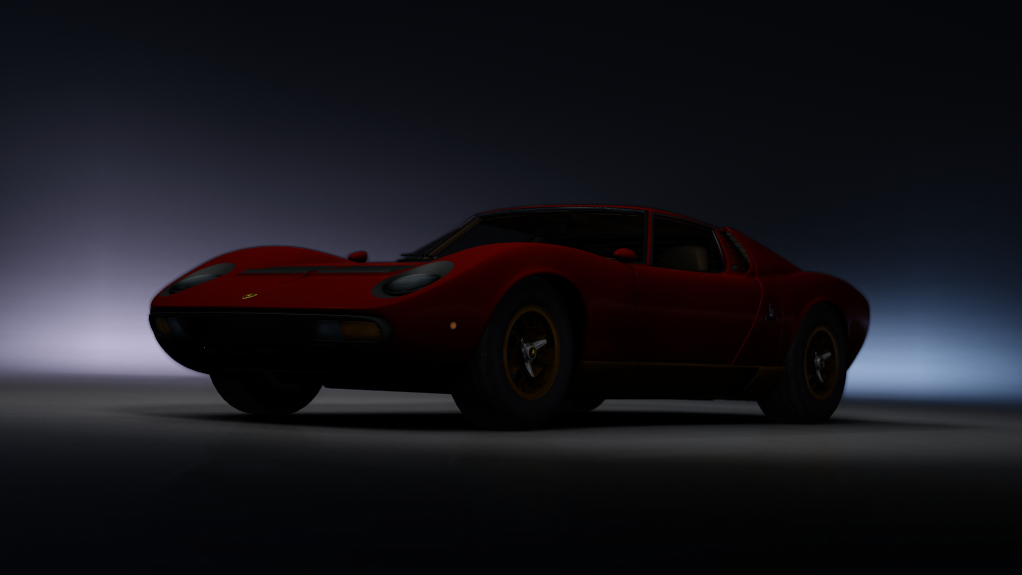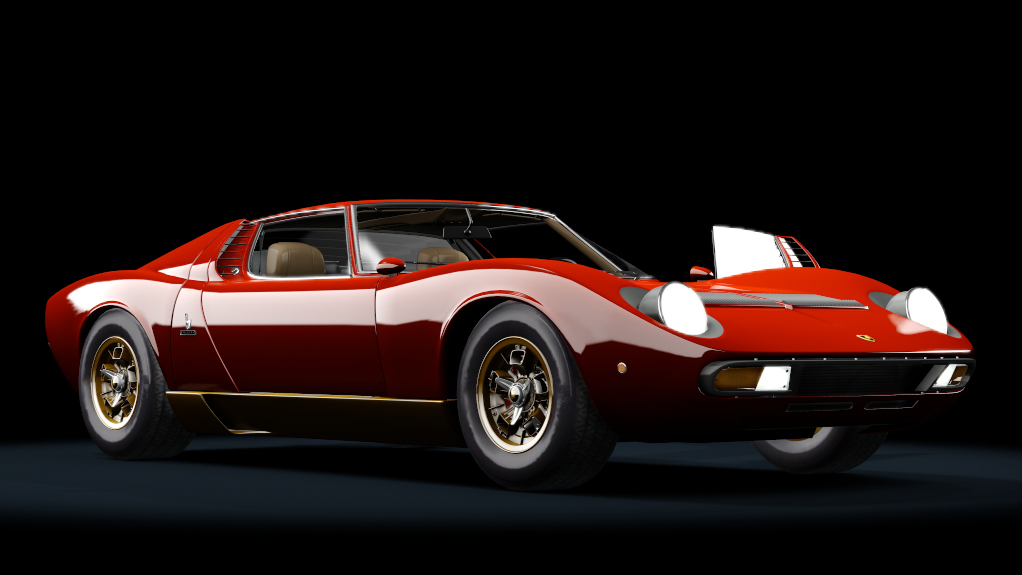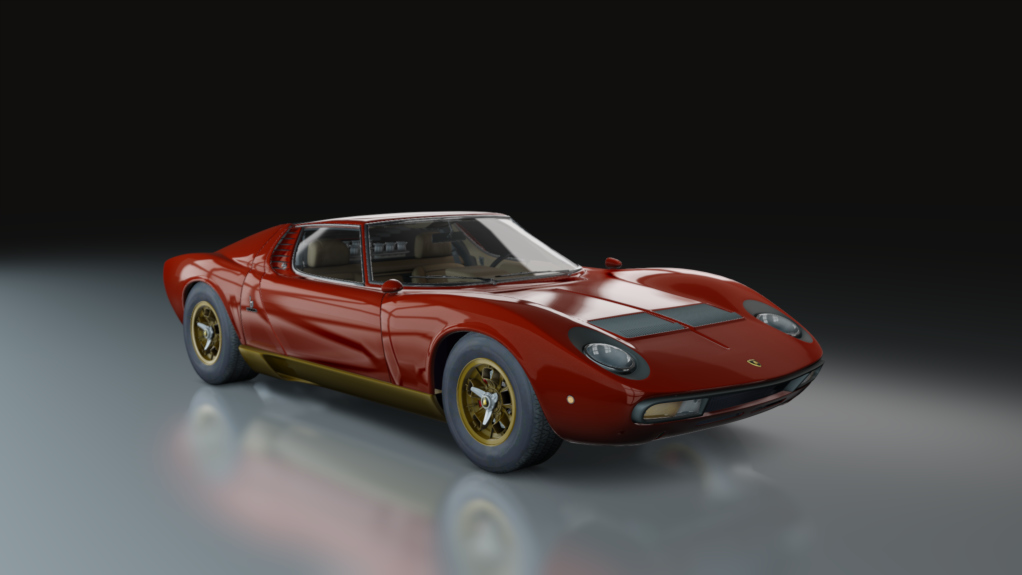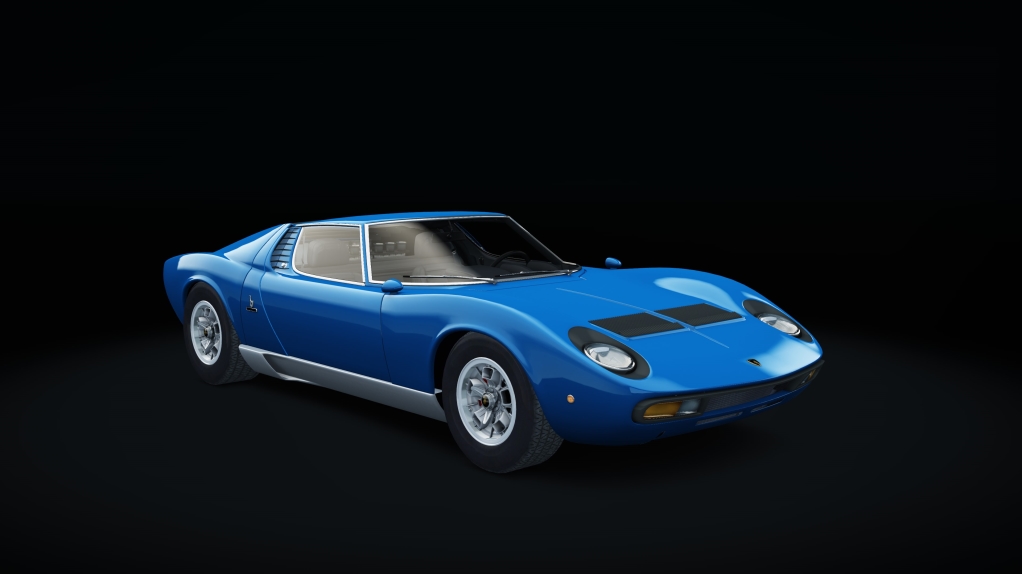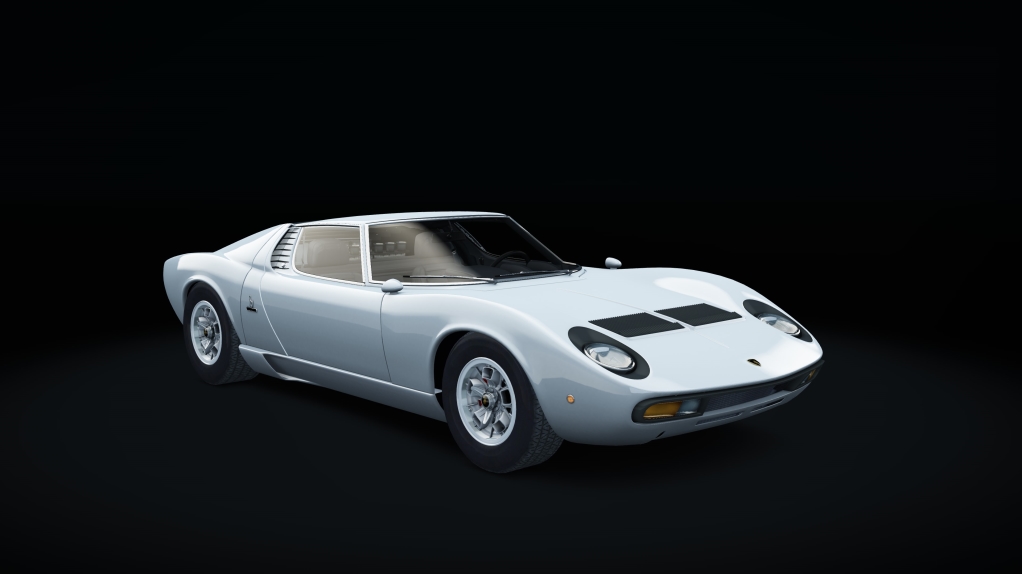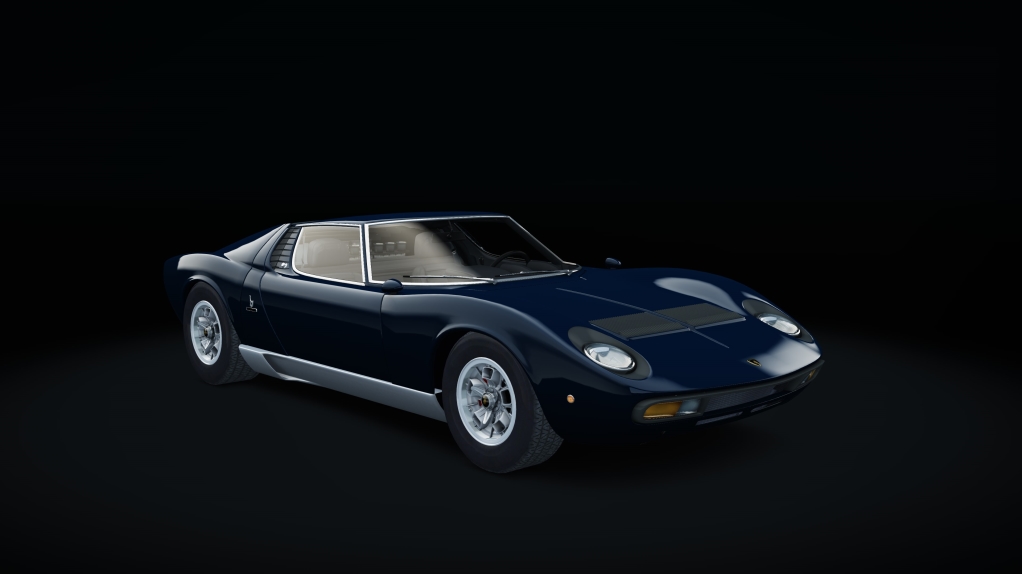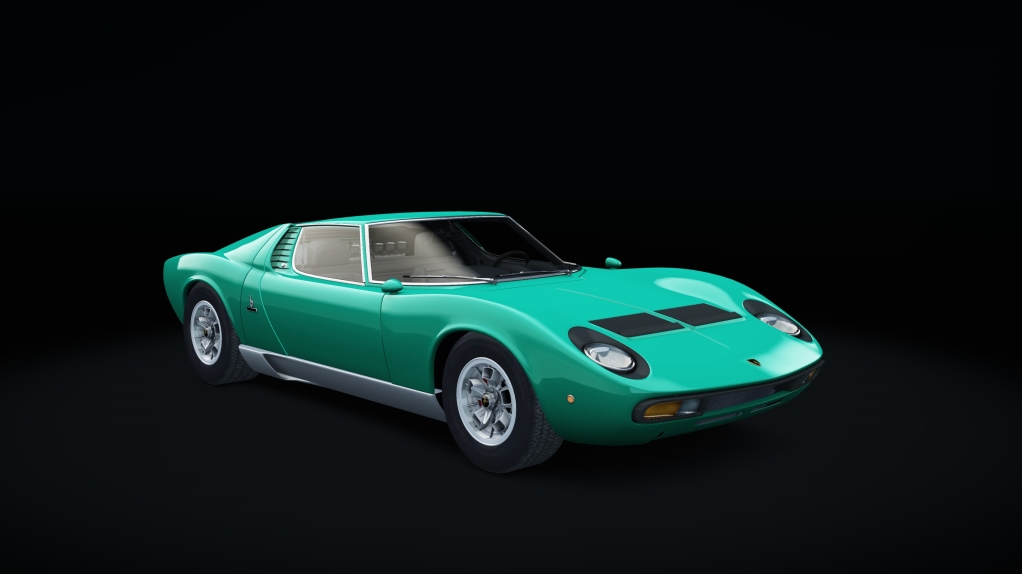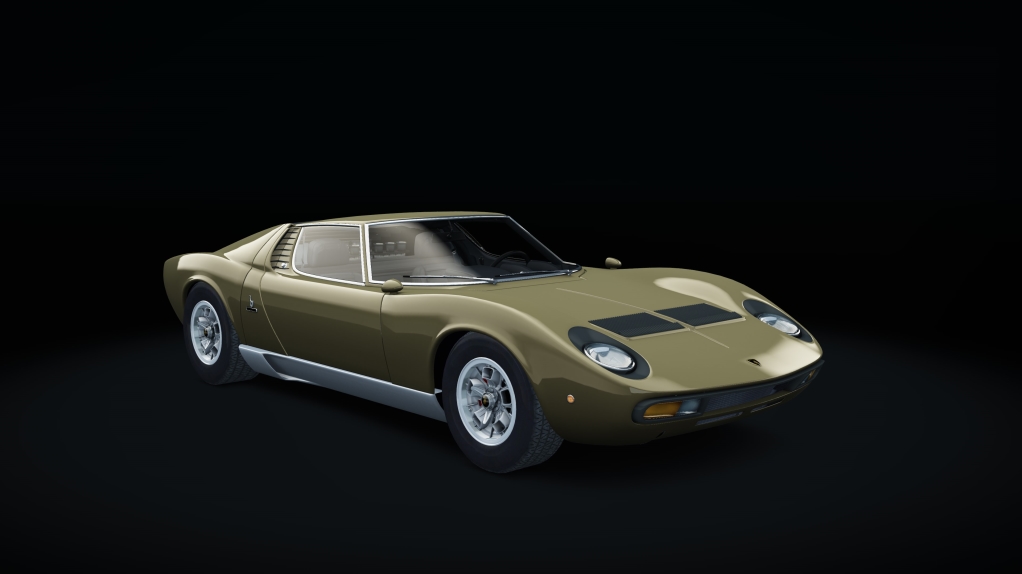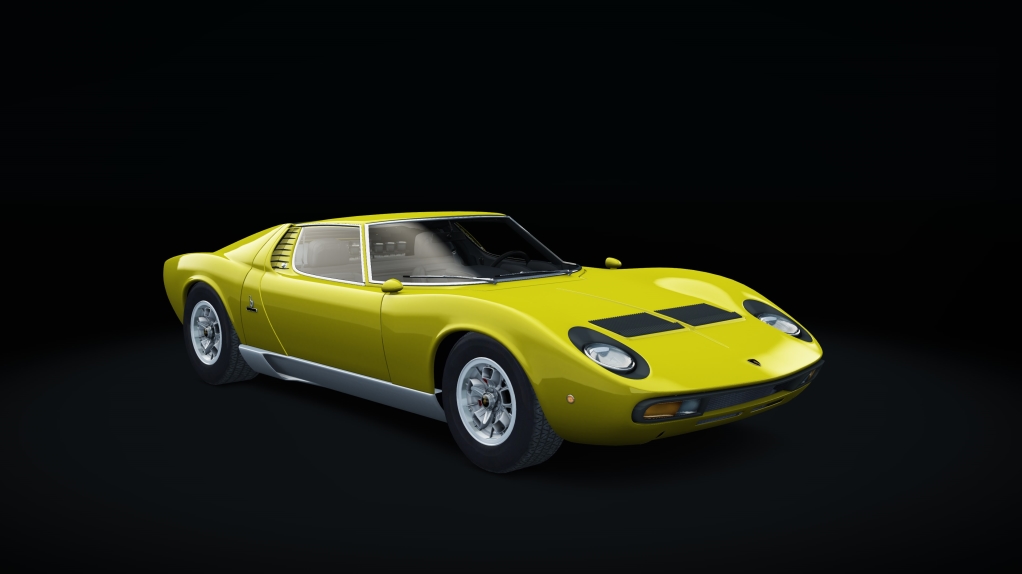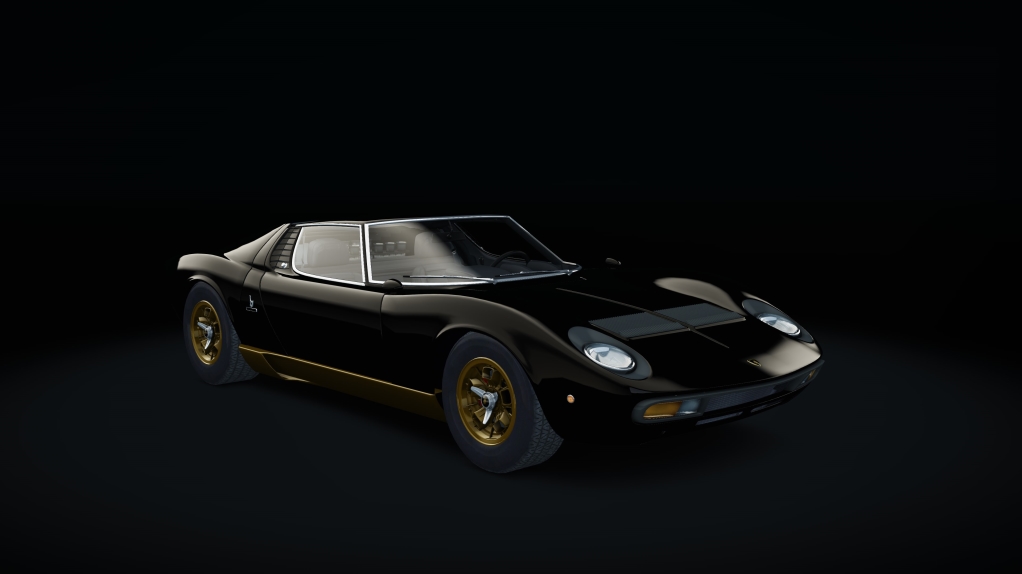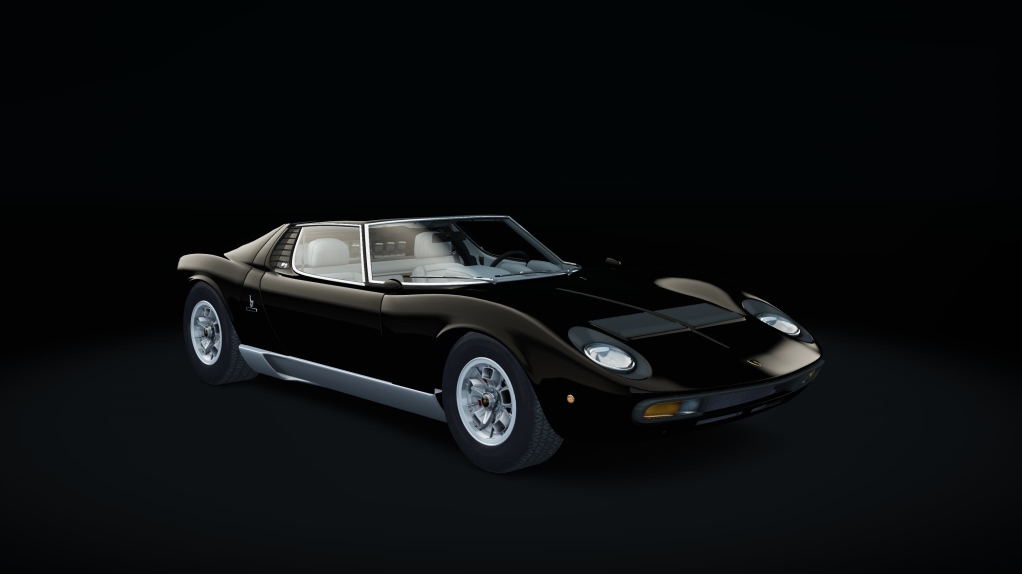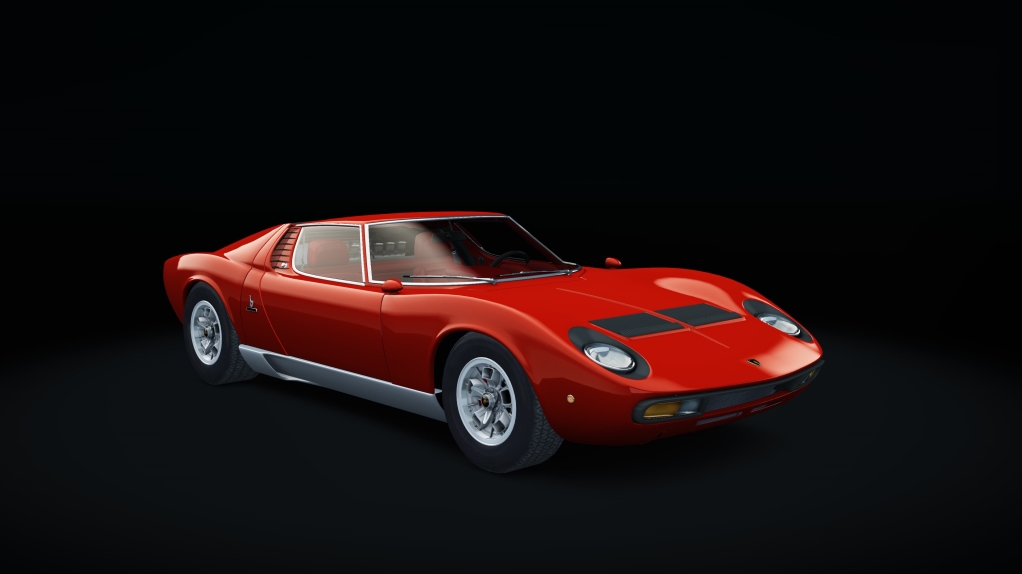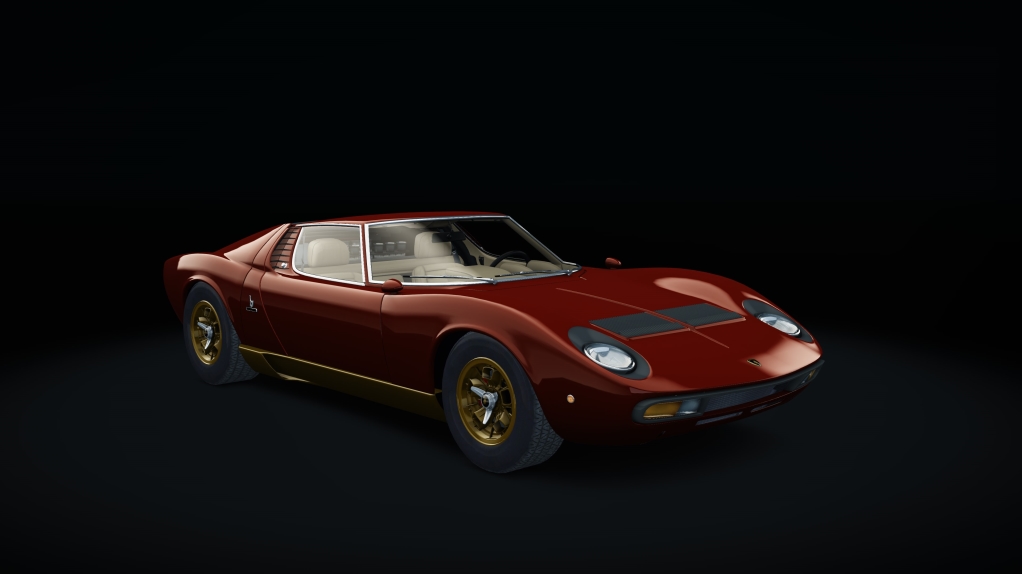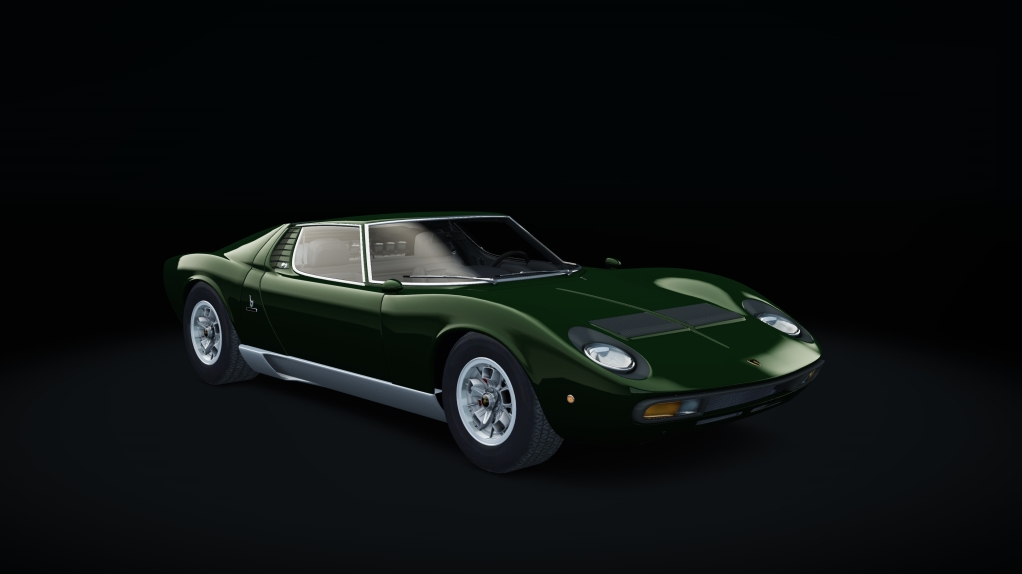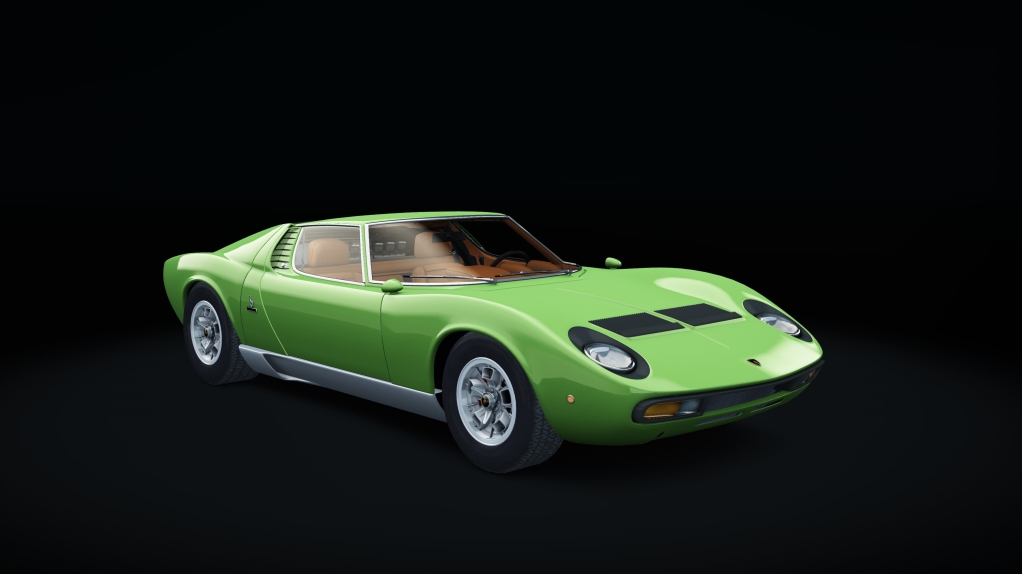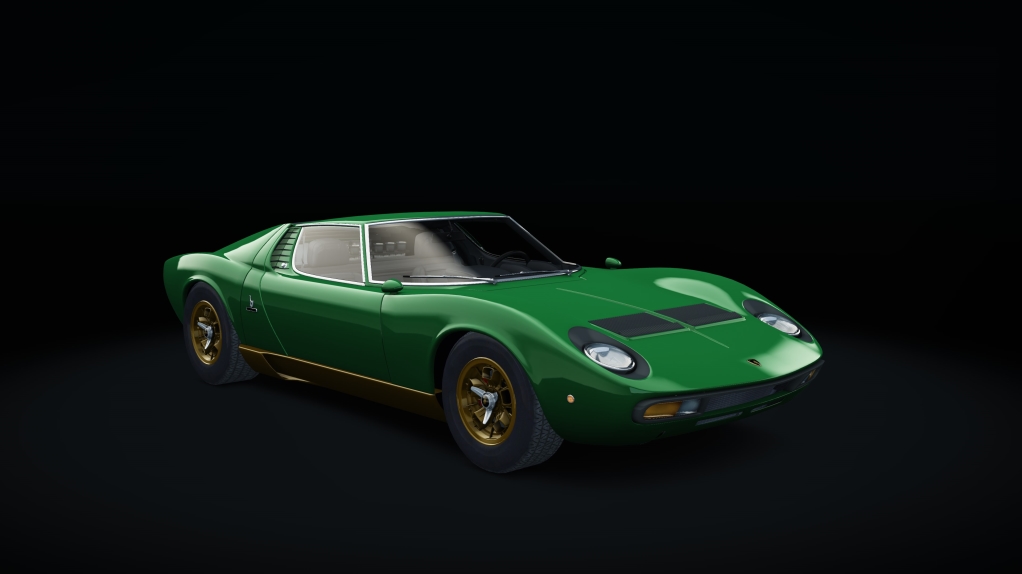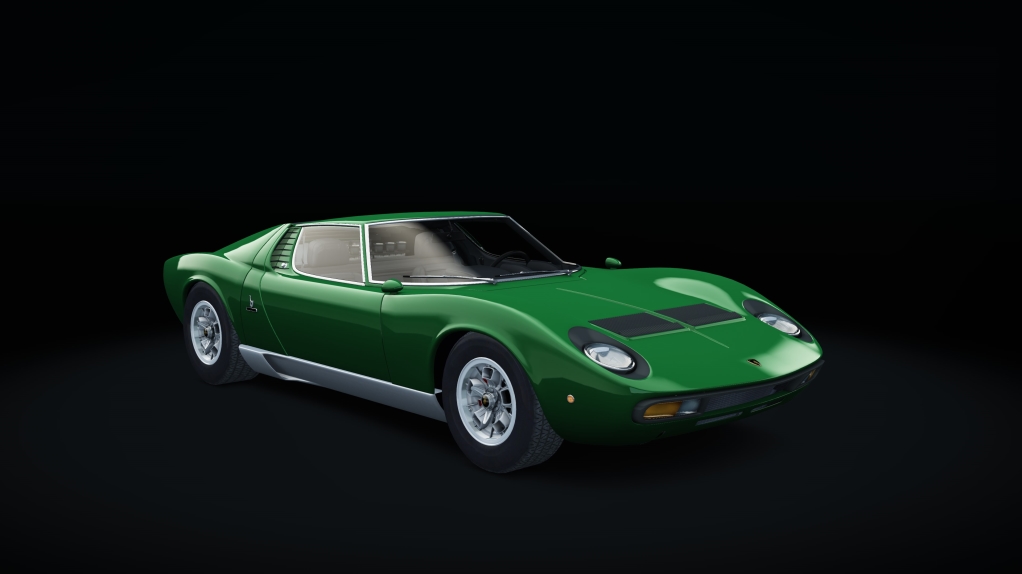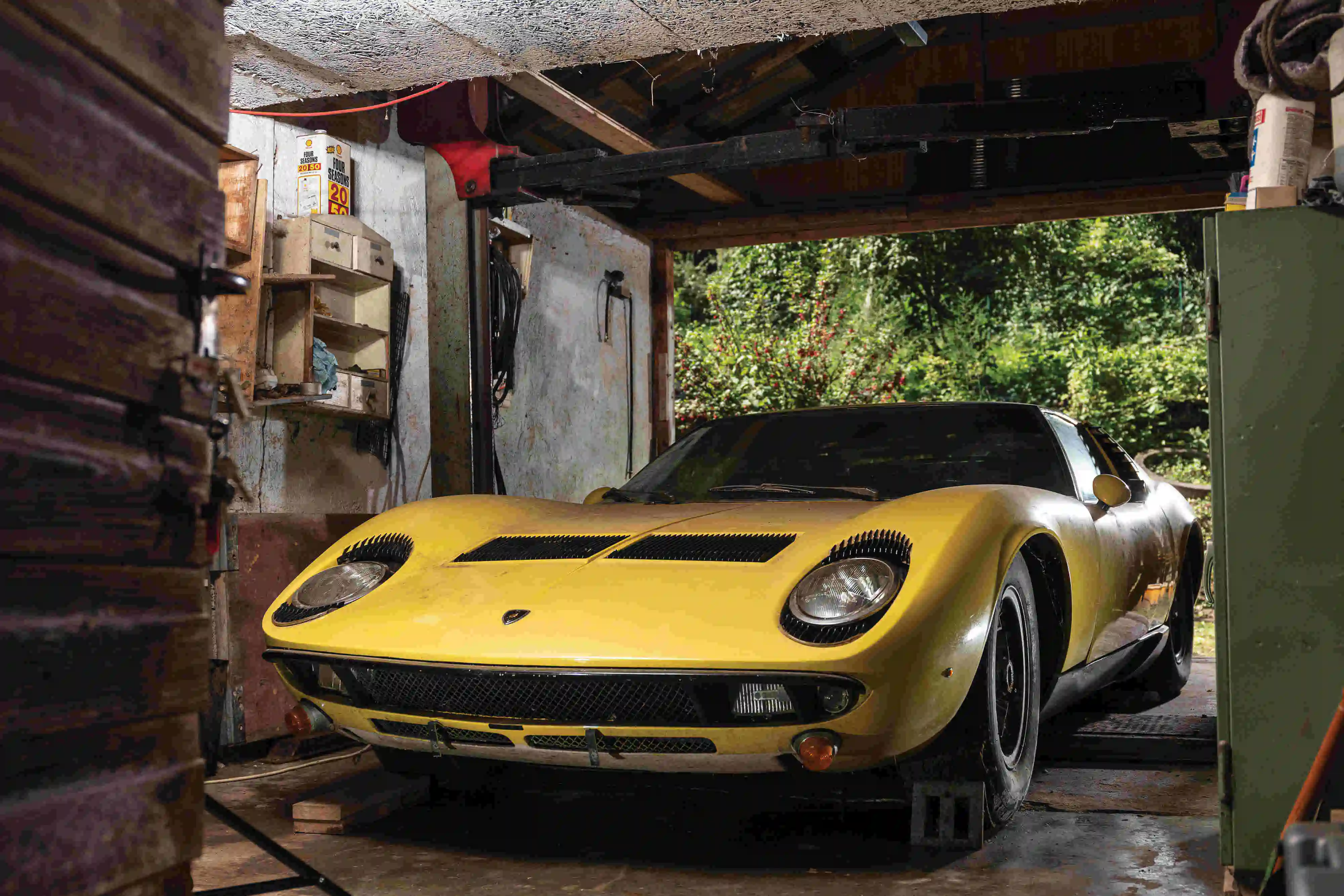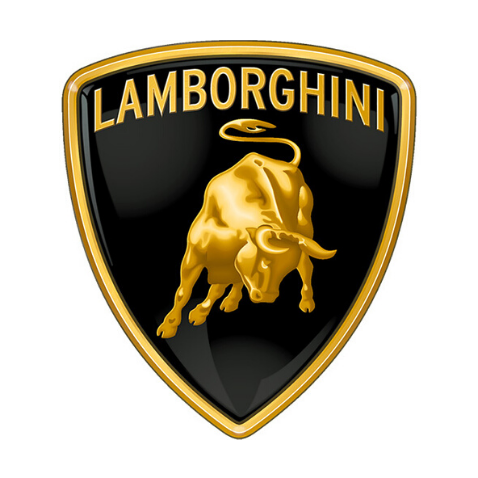1966 Lamborghini Miura
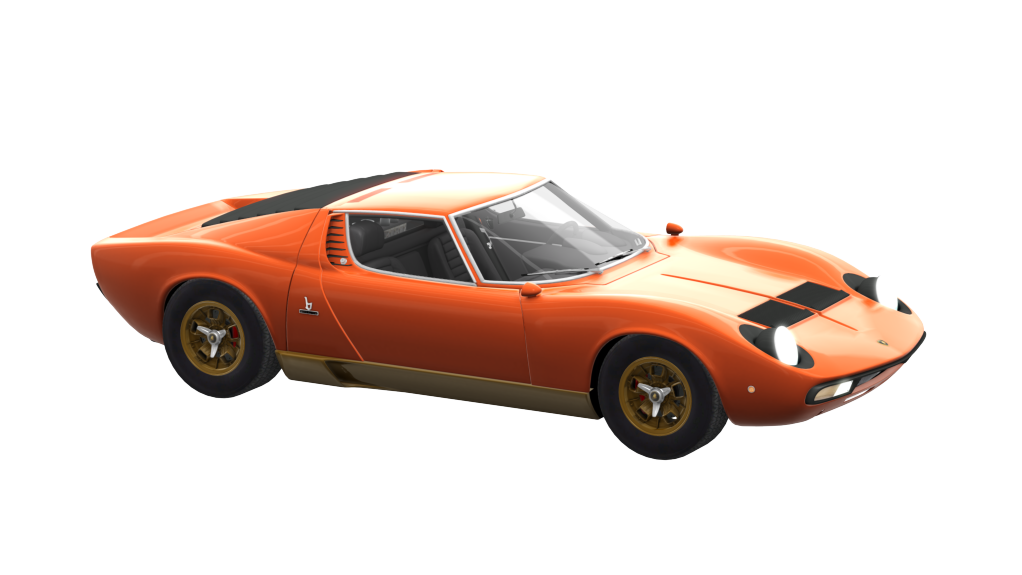
Unveiled at the ’66 Geneva Motor Show, the Miura was an unprecedented success. The car took the visitors' breath away and instantly aged all supercars of the time, ushering in a new era in sports cars. One year before Lamborghini presented a box-form chassis named TP400 (after the position of the engine and its displacement). The engine and suspension already fitted to the 400 GT were installed with a few modifications. The project was the brainchild of engineers Dallara and Stanzani, who, aware of Lamborghini's aversion to racing, used the mid-engine layout of some of the competition cars of the time, such as the Ferrari 250 LM or Ford GT40. On these cars, the engine was in a longitudinal position, while Lamborghini's engine was mounted transversely between the cockpit and the rear axle, a solution that reduced the overall dimensions and obtained a better weight distribution. It was designed by Gandini for Bertone. Ferruccio Lamborghini, who was born under the sign of the bull, chose the name Miura to honour the fighting bull breeder Don Miura. Although a racing version, the Jota, was made, Ferruccio did not want the car to race even though it would certainly have been competitive. In recent years, it has become an icon for collectors.
